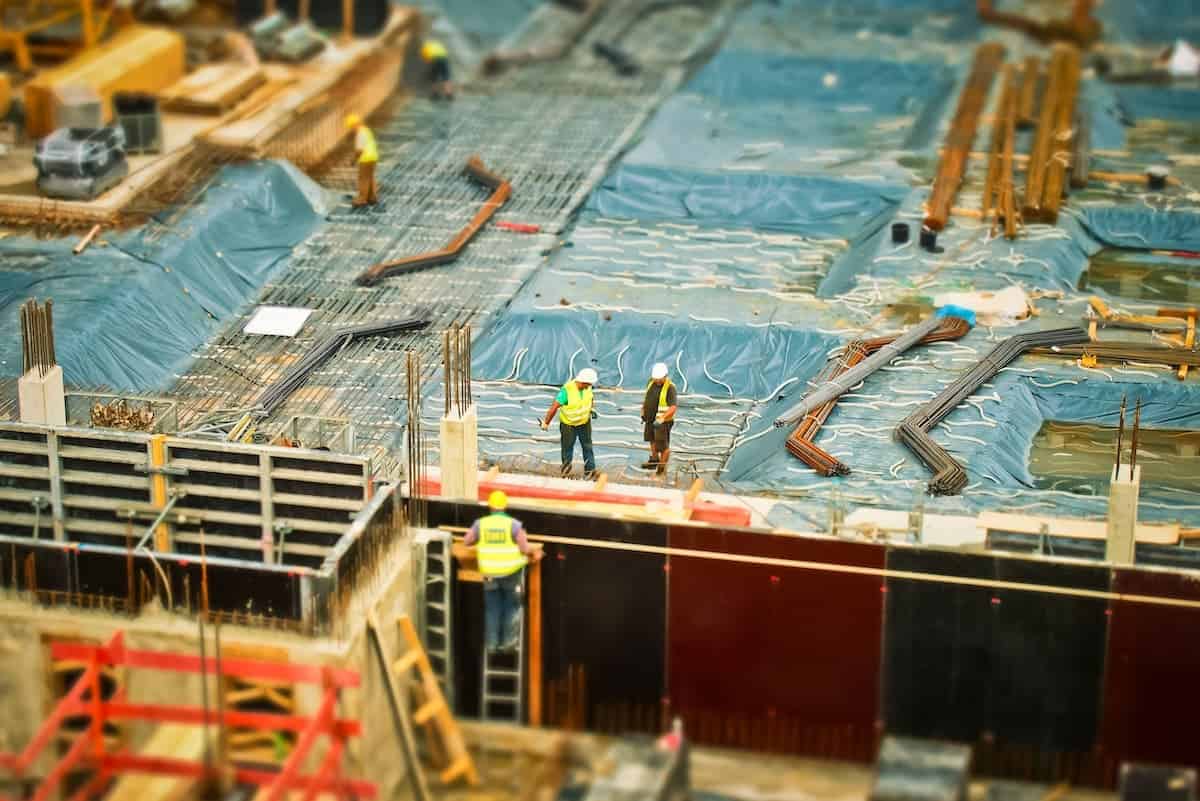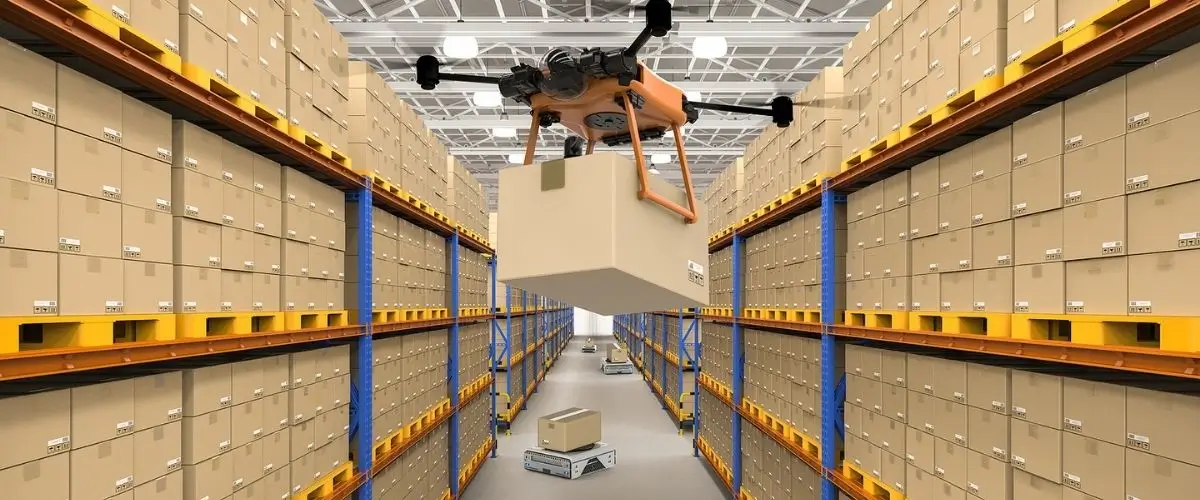Urban construction sites are bustling hubs of activity, where progress meets the demands of expanding cityscapes. However, the complexities of urban environments present unique challenges, from limited space to stringent regulations. As cities continue to grow, the need for innovative solutions to manage construction sites becomes increasingly crucial. Fortunately, advancements in technology and construction practices offer a plethora of tools and techniques to address these challenges effectively.
One of the foremost concerns in urban construction is the efficient utilization of space. With land becoming scarcer and more expensive in metropolitan areas, construction companies must maximize every square foot available. Modular construction has emerged as a game-changer in this regard, allowing for the prefabrication of building components off-site and their assembly at the construction site. This approach minimizes on-site work and significantly reduces disruptions to the surrounding urban environment. Additionally, modular construction promotes sustainability by optimizing material usage and reducing waste.
Furthermore, the integration of Building Information Modeling (BIM) technology revolutionizes project management and coordination on urban construction sites. BIM enables stakeholders to create comprehensive digital representations of buildings, facilitating precise planning, design, and execution of construction projects. By centralizing information and streamlining communication among architects, engineers, and contractors, BIM enhances collaboration and minimizes errors, leading to smoother construction processes and improved project outcomes.
In densely populated urban areas, noise pollution from construction activities can disrupt residents’ daily lives and strain community relations. To mitigate these impacts, construction companies are increasingly turning to innovative noise reduction measures. Utilizing noise barriers, advanced equipment with sound-dampening features, and scheduling construction activities during off-peak hours are some strategies employed to minimize noise disturbances. Additionally, the adoption of quieter construction methods, such as prefabrication and modular construction, helps mitigate noise pollution while maintaining construction productivity.
Moreover, the management of construction waste poses a significant challenge in urban environments where landfill space is limited. Implementing sustainable waste management practices, such as recycling and reuse of materials, is crucial for minimizing the environmental footprint of construction projects. Advanced sorting technologies and on-site recycling facilities enable construction sites to segregate and process waste efficiently, diverting substantial amounts of material from landfills. Furthermore, the use of alternative materials, such as recycled aggregates and eco-friendly construction products, reduces reliance on virgin resources and promotes circular economy principles.
Safety is paramount on urban construction sites, where hazards abound amidst bustling city streets. Embracing cutting-edge safety technologies enhances worker protection and minimizes the risk of accidents. Wearable devices equipped with sensors monitor vital signs and detect potential hazards, alerting workers and supervisors in real-time. Drones equipped with high-resolution cameras provide aerial surveillance, enabling proactive identification of safety risks and monitoring of construction progress from a safe distance. Furthermore, virtual reality (VR) and augmented reality (AR) simulations offer immersive training experiences, allowing workers to familiarize themselves with potential hazards and safety protocols before stepping onto the construction site.
In addressing the environmental impact of construction activities, the use of innovative dust suppression equipment plays a crucial role. Dust generated from construction sites not only poses health risks to workers and nearby residents but also contributes to air pollution and environmental degradation. Employing advanced dust suppression technologies, such as dust control agents, misting systems, and specialized dust suppression equipment, effectively reduces airborne dust particles, mitigating health hazards and environmental pollution. Additionally, implementing proper site management practices, such as water spraying and soil stabilization, helps minimize dust emissions and maintain air quality standards in urban areas. Dust generated from construction sites not only poses health risks to workers and nearby residents but also contributes to air pollution and environmental degradation. Employing advanced dust suppression technologies, such as dust control agents and misting systems, effectively reduces airborne dust particles, mitigating health hazards and environmental pollution. Additionally, implementing proper site management practices, such as water spraying and soil stabilization, helps minimize dust emissions and maintain air quality standards in urban areas.
In conclusion, managing construction sites in urban environments requires a multifaceted approach that integrates technological innovations, sustainable practices, and proactive mitigation measures. By embracing modular construction, BIM technology, noise reduction strategies, waste management initiatives, safety innovations, and effective dust suppression techniques, construction companies can navigate the complexities of urban development while minimizing disruptions and maximizing sustainability. As cities continue to evolve and expand, the adoption of innovative solutions becomes increasingly indispensable in shaping the urban landscape of tomorrow.




